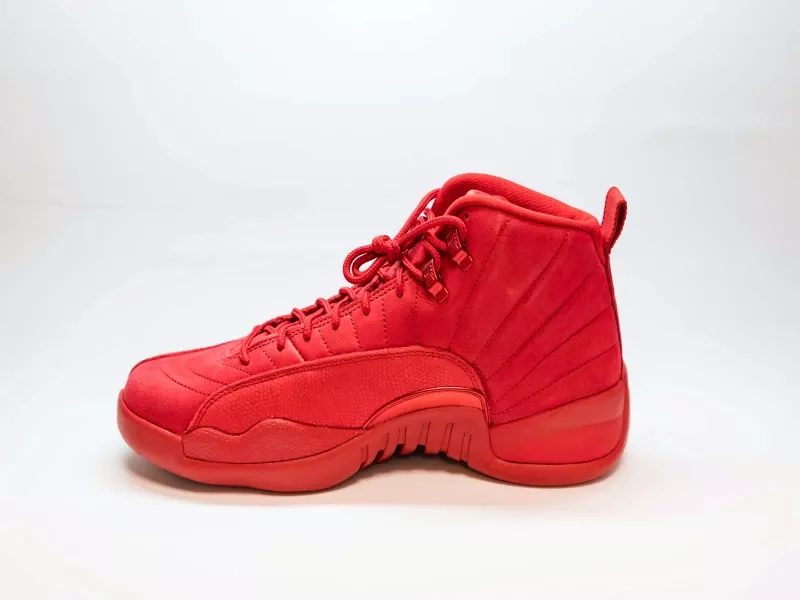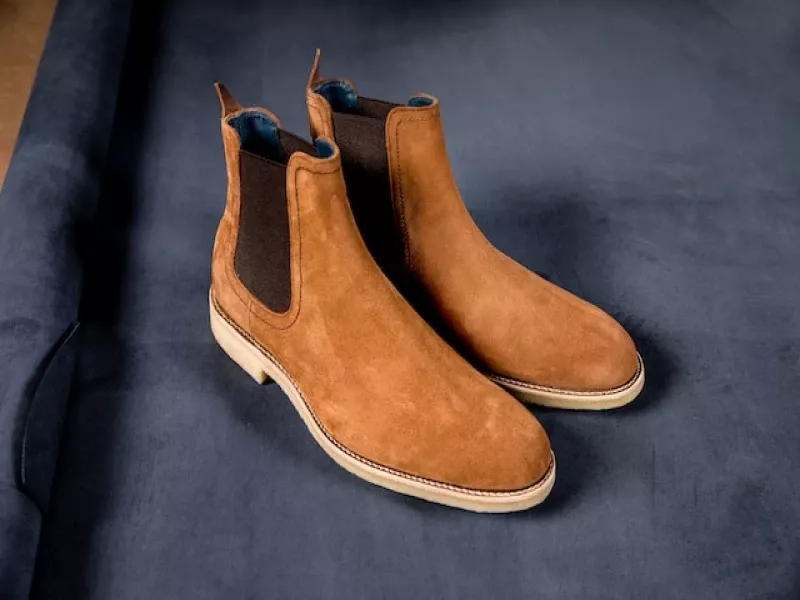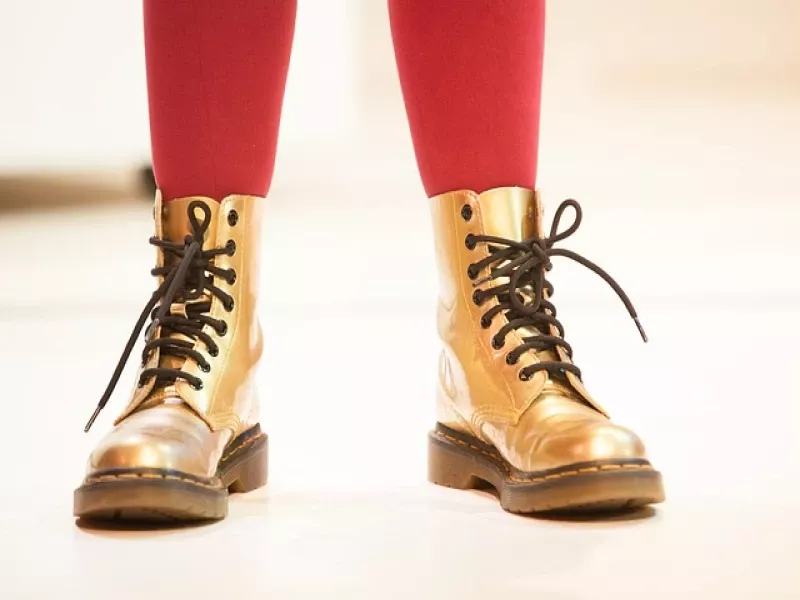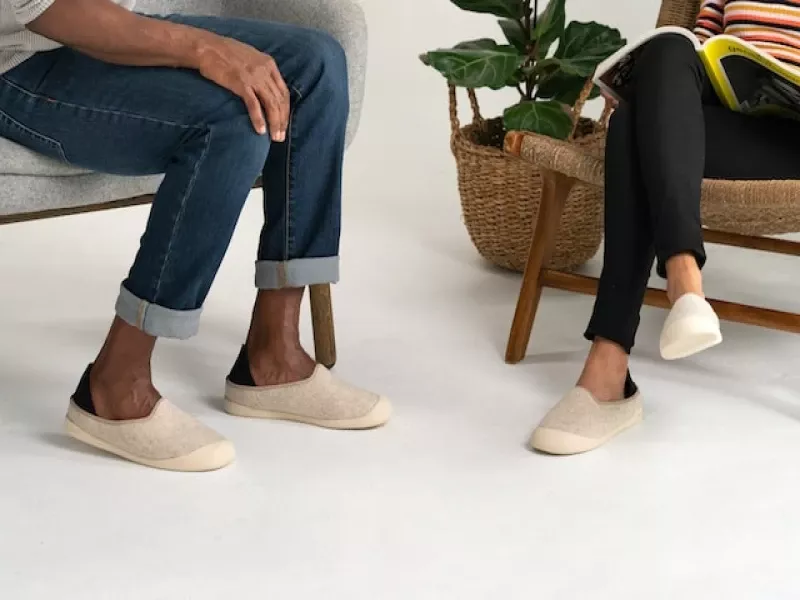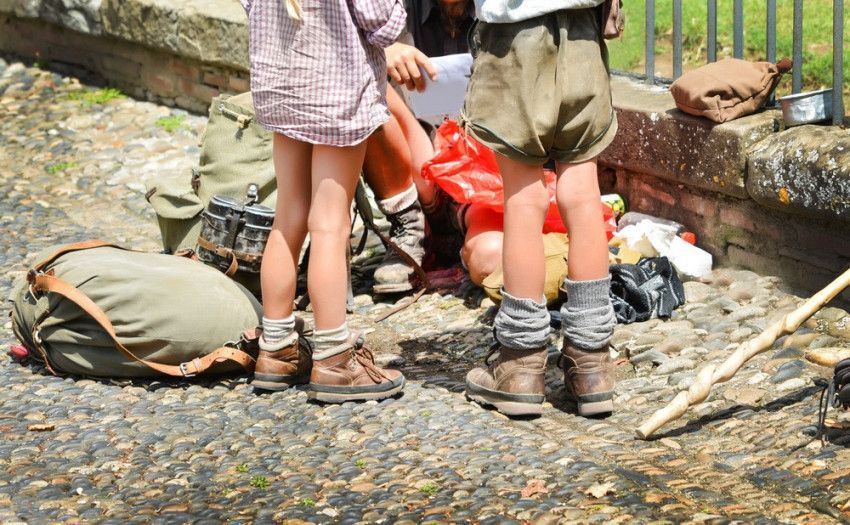
How to choose hiking shoes for kids
Hiking is a fantastic outdoor activity that helps children develop a love for nature, improves their physical fitness, and creates lasting family memories. However, a comfortable and well-fitting pair of hiking shoes is essential for kids to enjoy the adventure without the risk of injuries or discomfort. In this blog, we will guide you through the process of choosing the perfect hiking shoes for your little adventurers.
Prioritize comfort and fit
The most important factor in selecting hiking shoes for kids is comfort. Ill-fitting shoes can lead to blisters, discomfort, and even long-term foot problems. To ensure the right fit, you should measure your child's feet accurately, considering both length and width. When trying on shoes, have your child wear the socks they will use while hiking. Make sure there is enough space (about a thumb's width) between the longest toe and the shoe's end, and check for any pressure points or areas that might cause blisters. This way, you will find out what hiking shoes for boys or girls fit comfortably.
Choose the right type of shoe
There are different types of hiking shoes suitable for varying terrains and weather conditions. Hiking sandals are ideal for easy, well-maintained trails and warm weather. They provide good ventilation but lack ankle support and protection from rocks or other debris. Trail shoes are suitable for moderate terrain, offering a balance between breathability and protection. They provide more excellent support and protection than sandals but may not be waterproof. Hiking boots are recommended for rough terrain, steep inclines, or when carrying a heavier backpack. They provide ankle support, stability, and protection from the elements but may be heavier and less breathable.
Look for quality materials and construction
Kids' hiking shoes should be made of durable materials that can withstand rough trails and varying weather conditions. Breathable and moisture-wicking materials will keep feet dry and comfortable, while waterproof or water-resistant materials, such as GORE-TEX, can protect against wet conditions. Reinforced toe caps and heel counters are essential for protection and support, and sturdy soles with deep lugs will provide traction and grip on various surfaces.
Consider support and stability
Proper support and stability are crucial for preventing injuries, especially on uneven terrain. Good arch support helps to evenly distribute weight and reduce pressure on the feet. A snug heel cup will keep the foot in place and prevent slipping, while a stiff midsole adds stability on rough trails. Ankle support in the form of higher-cut shoes or boots can provide added protection.
Opt for adjustability and ease of use
Children grow quickly, and their shoe size can change within months. To ensure a longer-lasting fit, choose hiking shoes with adjustable features such as lace-up closures or hook-and-loop straps for a customizable fit. Removable insoles can be replaced with thicker or thinner ones as needed. Also, consider shoes that are easy for your child to put on and take off independently, encouraging their sense of autonomy and responsibility.
Pay attention to weight and flexibility
Lightweight hiking shoes are more comfortable for kids and reduce fatigue on longer hikes. Opt for shoes made of lightweight materials and avoid unnecessarily heavy or rigid footwear. Additionally, look for shoes with a flexible sole that allows for natural foot movement while still providing adequate support and protection.
Don't forget style and personal preferences
While functionality and comfort should always come first, it's essential not to overlook your child's personal preferences. Children are more likely to enjoy wearing shoes that they find appealing, so consider their favorite colors, patterns, or styles when making a decision. Involving your child in the selection process can also help them feel more excited about their new hiking shoes and the upcoming outdoor adventures.
Conclusion
Hiking with your children is an excellent way to encourage a love for nature, physical fitness, and creating lasting family memories. When choosing hiking shoes for kids, prioritizing comfort and fit, choosing the right type of shoe, looking for quality materials and construction, considering support and stability, opting for adjustability and ease of use, paying attention to weight and flexibility, and considering personal preferences are all essential factors to consider. With the right pair of hiking shoes, your little adventurers can embark on many exciting outdoor adventures while staying comfortable and safe.
The best hiking shoes per category



